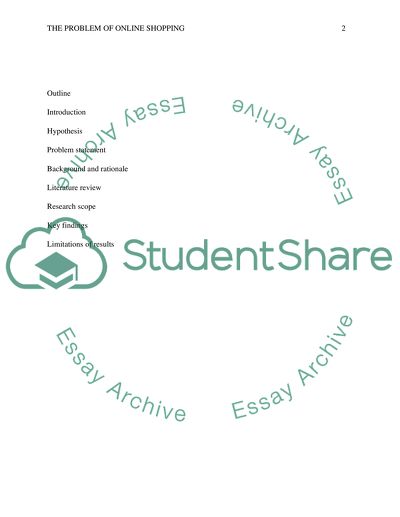Cite this document
(“Research Method-The Problem of Online Shopping Essay”, n.d.)
Retrieved from https://studentshare.org/english/1455839-research-method-the-problem-of-online-shopping
Retrieved from https://studentshare.org/english/1455839-research-method-the-problem-of-online-shopping
(Research Method-The Problem of Online Shopping Essay)
https://studentshare.org/english/1455839-research-method-the-problem-of-online-shopping.
https://studentshare.org/english/1455839-research-method-the-problem-of-online-shopping.
“Research Method-The Problem of Online Shopping Essay”, n.d. https://studentshare.org/english/1455839-research-method-the-problem-of-online-shopping.


